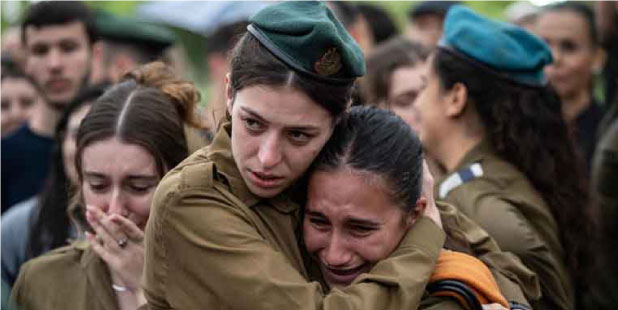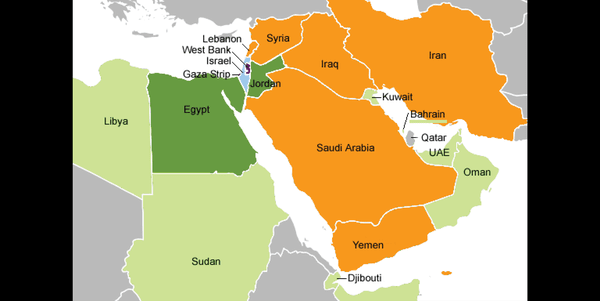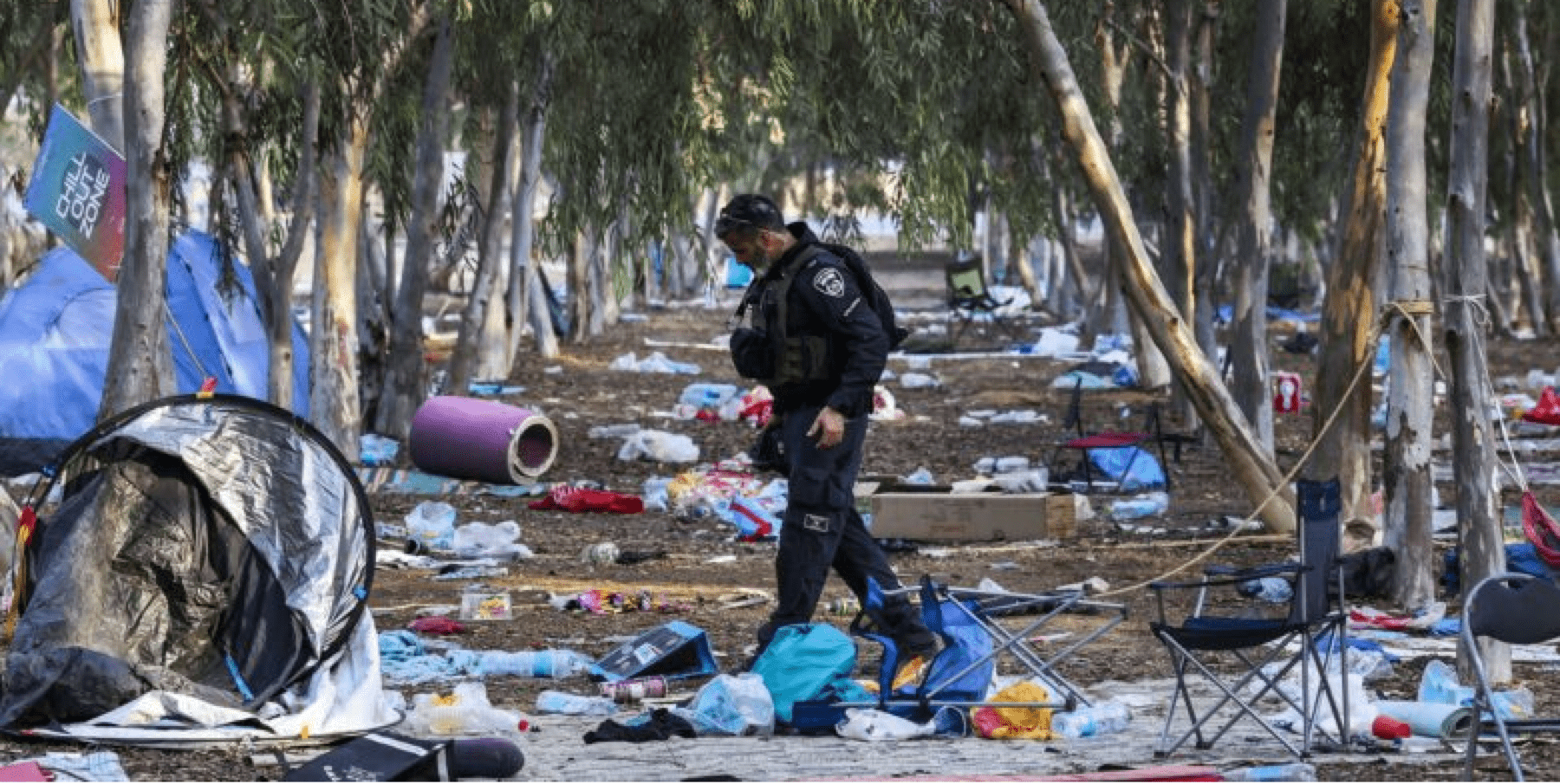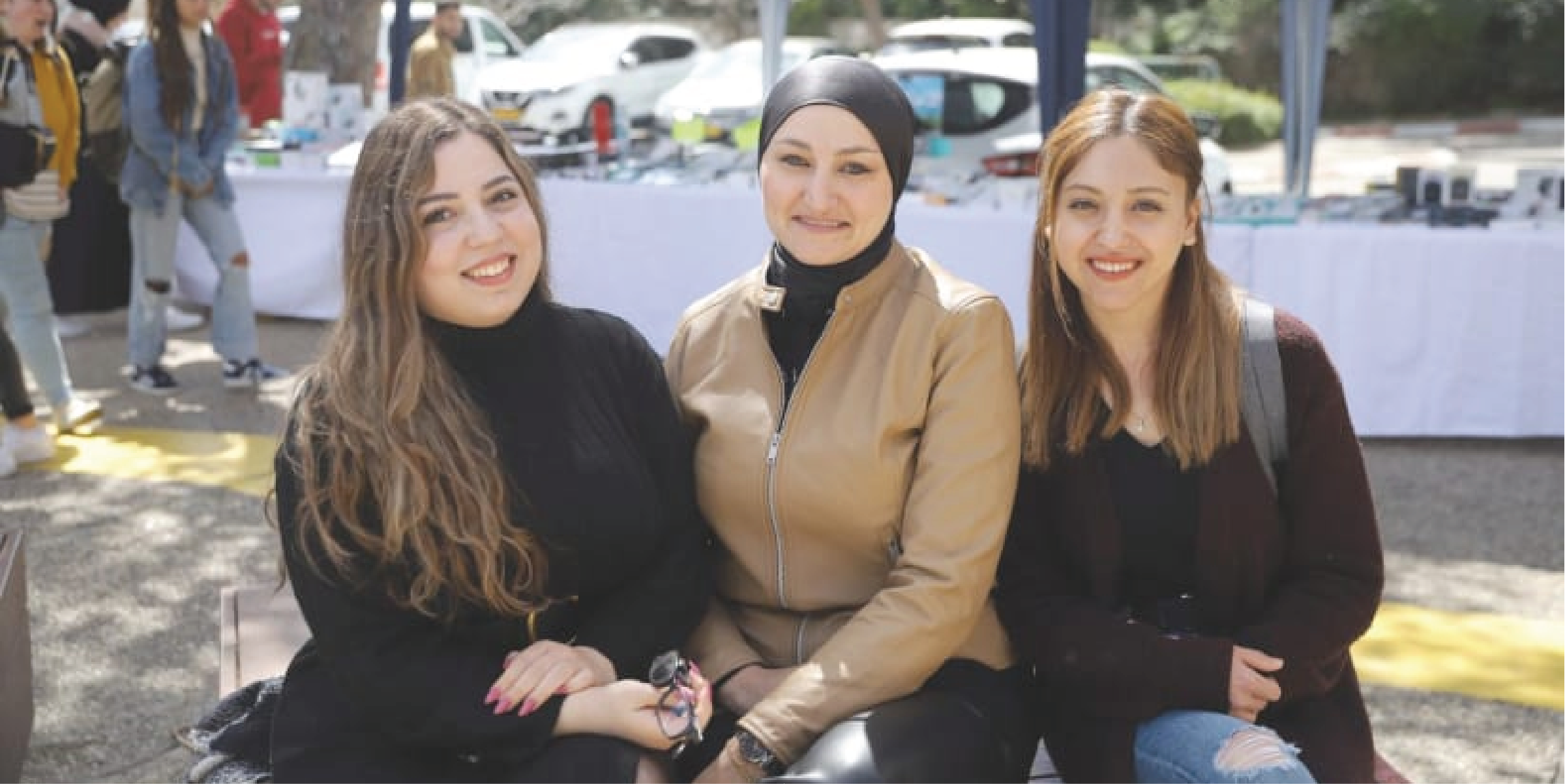Is Israel Moving Closer to Full Sovereignty in Judea-Samaria?
October 20, 2014Members of Knesset, Orit Struk and Yariv Levin, heads of the Land of Israel Lobby in the Knesset, have prepared ten laws for applying sovereignty over ten different areas in Judea and Samaria. We discussed with MK Struk the laws that have been proposed and that are awaiting for the right moment to be moved along in the path of parliamentary legislation.
“The laws of sovereignty are actually intended for the application of Israeli sovereignty gradually over the areas of settlement in Judea and Samaria, which is called Area C, in keeping with the idea that the entire process of Zionism is a gradual process. Indeed, there are sometimes jumps within this gradual process but the process overall is gradual. Regarding the State of Israel as well, things were gradual. In the beginning there was sovereignty over some of the territories of the state, and afterward over Jerusalem and the Golan Heights. We believe that it is a gradual process that must progress step by step,” explains Struk regarding the logic behind the string of laws.
Struk and Levin see the current timing, in the shadow of changes in the Middle East and in the nearer reality of conflict with Palestinian Arabs, as the right time to promote their course of action. “The Oslo Accords were a very severe deviation from the rising path of Zionism, but now there is disillusionment with the Oslo Accords and now is the time to return to the classic path of Zionism. We came to the Land to apply Israeli sovereignty over it and to establish, within it, a Jewish state in its entire territory, gradually.”
So what will we do with these laws?
“We have divided the areas of settlement into ten different areas that can be called blocs, but contrary to the accepted use of the term, ‘blocs of settlement’, which usually signifies that some of the settlements are included and some are excluded, the blocs in our proposal include all of the communities and also the areas between them.
We talk about the fact that, among others, there is an Arab population in these areas, about whom the dry data tell us their number cannot change the demographic balance of the Land of Israel significantly. There are between fifty and seventy thousand people [Arabs in Area C – ed.], numbers that essentially do not change the demographic balance, which continues to improve with the years. In every area where we decide to promote the legislation, it means that Israeli sovereignty will be applied there.”
In explaining the law, Struk and Levin quoted broad sections from the Declaration of Independence “because, in our eyes, this is one step that begins with the application of sovereignty in ’48 and continues until the application of sovereignty in our days. It is the same rationale that says that the Jewish people originated in the Land of Israel and all of its history is in the Land. No other nation ever had its national home here; for two thousand years we were faithful and longed for the Land. We mention the resolution of the San Remo Conference to establish a national home for the Jewish People in the Land of Israel. This resolution is the basis in international law for the entire process of the return to Zion and application of sovereignty throughout the Land of Israel.”
Learning Jewish history through the law proposals
Levin and Struk also added into each one of the laws something relating specifically to the close bond between each targeted area and its role in Jewish history. Regarding the city of Ariel and its surroundings, the proposed law refers to the “cradle of the Jewish People, which has always been an inseparable part of the historical Land of Israel. After the People was expelled from its Land, it remained faithful in every country of its Diaspora and never ceased praying and hoping to return to its Land and to renew its political freedom within it. Because of this historical and traditional connection, the Jews strove, in every generation, to return and to take hold of their ancient homeland.
Israel’s right to these parcels of land was also recognized by the nations of the world, in the Balfour Declaration and the resolution of San Remo, which bestowed international legitimacy to the historical bond between the Jewish People and the Land of Israel and its right to establish anew its national home there. The recognition, by the United Nations, of the Jewish People’s right to establish a state in its land, cannot be revoked. At the end of the War of Independence, this strip of land remained under Jordanian occupation for 19 years, until its liberation in the Six Day War.”
In the law regarding Hebron, it is written: “Hebron and the land of Judea have always been an inseparable part of the historic Land of Israel … the forefathers and foremothers of the Israeli nation lived and were buried in Hebron, in the Cave of the Patriarchs, which is the first Hebrew property in the Land of Israel. And this is where the kingdom of David was first established. Jewish life thrived in the hills of Hebron, even after the destruction of the Second Temple, and in the city itself there was continuity of Jewish life until the riots of 1929 and 1936. At the end of the War of Independence the city of Hebron and its environs remained for 19 years under Jordanian occupation, until liberation in the Six Day War. Immediately after the liberation of Hebron from the yoke of Jordanian occupation, David ben Gurion called for Jews to settle in Hebron ‘in order to demonstrate to the world its (Israel’s) sovereignty over these territories, which always had been Jewish, and had been lost in the War of Independence,’ and he noted that ‘Hebron is worthy to be a sister to Jerusalem.’
Many years have passed since then, during which the State of Israel established thriving Israeli communities in the area, where tens of thousands of Israeli citizens live, some of whom are now raising a third and fourth generation. Along with these new communities, there are holy places; first and foremost, the Cave of the Patriarchs, which attracts tens of thousands of Jews, as well as archaeological and historical sites that testify to the long bond between the People of Israel and these parcels of Land. Therefore the time has come to apply sovereignty over these areas that include Hebron, Kiryat Arba and communities of the Local Council of Mount Hebron, including commercial and industrial areas, archaeological sites, roads, Area C and all of the state lands between the communities.”
Even the Left agrees to the idea of ‘blocs’
MK Struk emphasizes how the proposed laws further the political foundation developed by the Left. “From the standpoint of ‘hasbara,’ we are saying that even the Left says that what they call ‘blocs of settlement’ will of course remain under Israeli sovereignty in an agreement. We say that there is no significant difference between what they define as blocs and what we call blocs, meaning all the areas that are settled, because from the demographic point of view, it is insignificant and from the point of view of benefit, there is great value to the communities that people have been living in for three and four generations beyond the fact that these are areas that are the cradle of Jewish culture.”
And what will happen regarding Areas A and B? Have you given them up?
“We understand that the process is gradual and, at the moment, the process regarding Area C is logical and realistic compared with the other areas that are still far from attainable at this point. But history is always evolving and we are not giving up these areas, but rather, progressing and ascending one more step.”
The journalist Caroline Glick claims that applying sovereignty in part of the areas is like paying full price for half of the goods – because we would have to absorb an international attack in any case – so it would be better to apply sovereignty over the entire territory.
“If the Israeli public was composed of seven million Caroline Glicks and Orit Struks then she is correct, but the people are not like this. We must aim towards something that the Israeli public, with its present situation, would be able to digest. The turnaround that we are experiencing away from the Oslo idea and the concept of two states to the concept of one state is a very significant turning point that must also be processed by the public. The public must also accept the ability to apply sovereignty over areas that have several thousand Arabs who are still called Palestinians by the public. With hasbara work, the people will be able to accept this. As of now, it is impossible to create such a basis of support for the idea of annexing the entire area including Ramallah, Nablus and more cities. I agree and also Caroline Glick agrees to this but the general public is not there yet. That’s why we must continue in what has been the Zionist way, which has always been a gradual path.”
What about the prime minister? Will he accept such proposed laws? Without him it simply will not happen.
“The prime minister does not concern me much. The prime minister has denied our initiatives in the past but then he joined them. This is how it was with the referendum [on land concessions – ed.]. When we began, they told us that there is no chance. The prime minister objected; afterward he joined and now, he leads it. I do not negate the possibility that the prime minister would support, or at least not try to prevent the law’s promotion. Already, many ministers support the process openly, from the Likud, as well as Israel Our Home and the Jewish Home Party. These things depend on hasbara work, so that the public will see the idea of two states as an absurd idea that has no practicality, something that more and more of the public understands and has internalized, even now. And the more this happens, the idea of sovereignty – the Zionist idea, which is not an alternative idea, but the leading, primary idea – will continue to advance.”
And what about the international response? Is this important in your eyes?
“There is no doubt that the international arena is important and relevant and we will need to do hasbara work in this area as well, but it all begins with the People of Israel knowing what it wants. Until today, the world has not recognized our sovereignty over Jerusalem or the Golan Heights and despite this, the sovereignty exists and is strong.”
This interview was originally published in Sovereignty Magazine.
Similar posts
-

Israel Has The Most Moral Military In The World
April 10, 2024In the heart of a region often riddled with conflict, Israel stands out not only for its technologi...
-

The Resilience of the Israeli People
April 2, 2024Visitors from around the world have seen Hamas's October 7th Massacre's destruction in southern Isr...
-

Israel: Small Size, Big Impact
March 21, 2024Nestled along the eastern edge of the Mediterranean Sea, Israel is a land of immense historical sig...
-

Israelis Are Fighting For Their Lives
February 21, 2024By Jonathan S. Tobin The world looks a lot different from Kibbutz Kfar Aza than it does in the U...
-

Over 2 Million Arabs Live In Israel
January 23, 2024In the complex landscape of the Middle East, where diverse cultures and identities intersect, Israe...
-

'Fauda' Star Idan Amedi Injured Fighting in Gaza
January 8, 2024Despite the severity of his injuries, Amedi's father assured Israeli news channels that his life is...
-

Israel Is A Great Country To Live In
December 28, 2023Nestled at the crossroads of the Middle East, Israel stands as a vibrant and dynamic nation, offeri...
-

Women's Empowerment in Israel
December 15, 2023In recent decades, Israel has witnessed a remarkable evolution in the status and empowerment of wom...




















